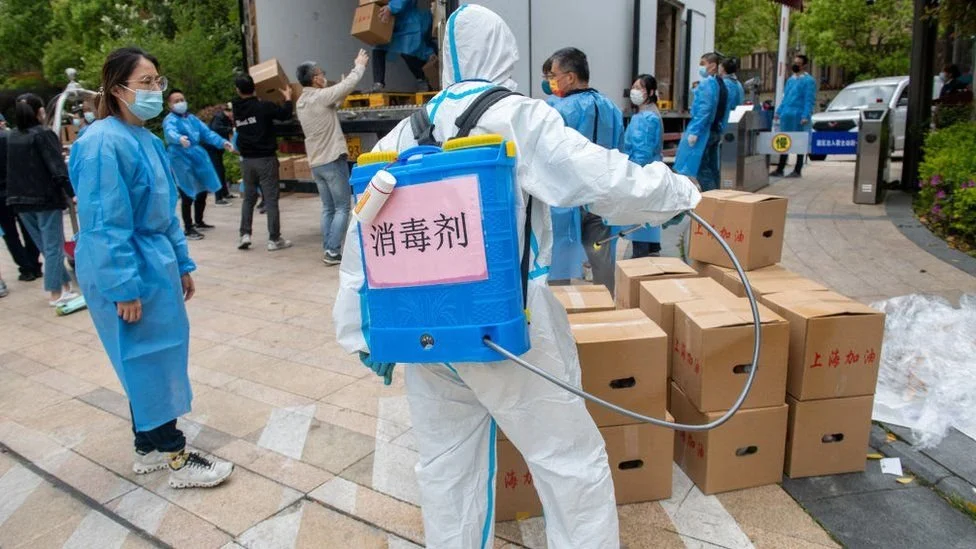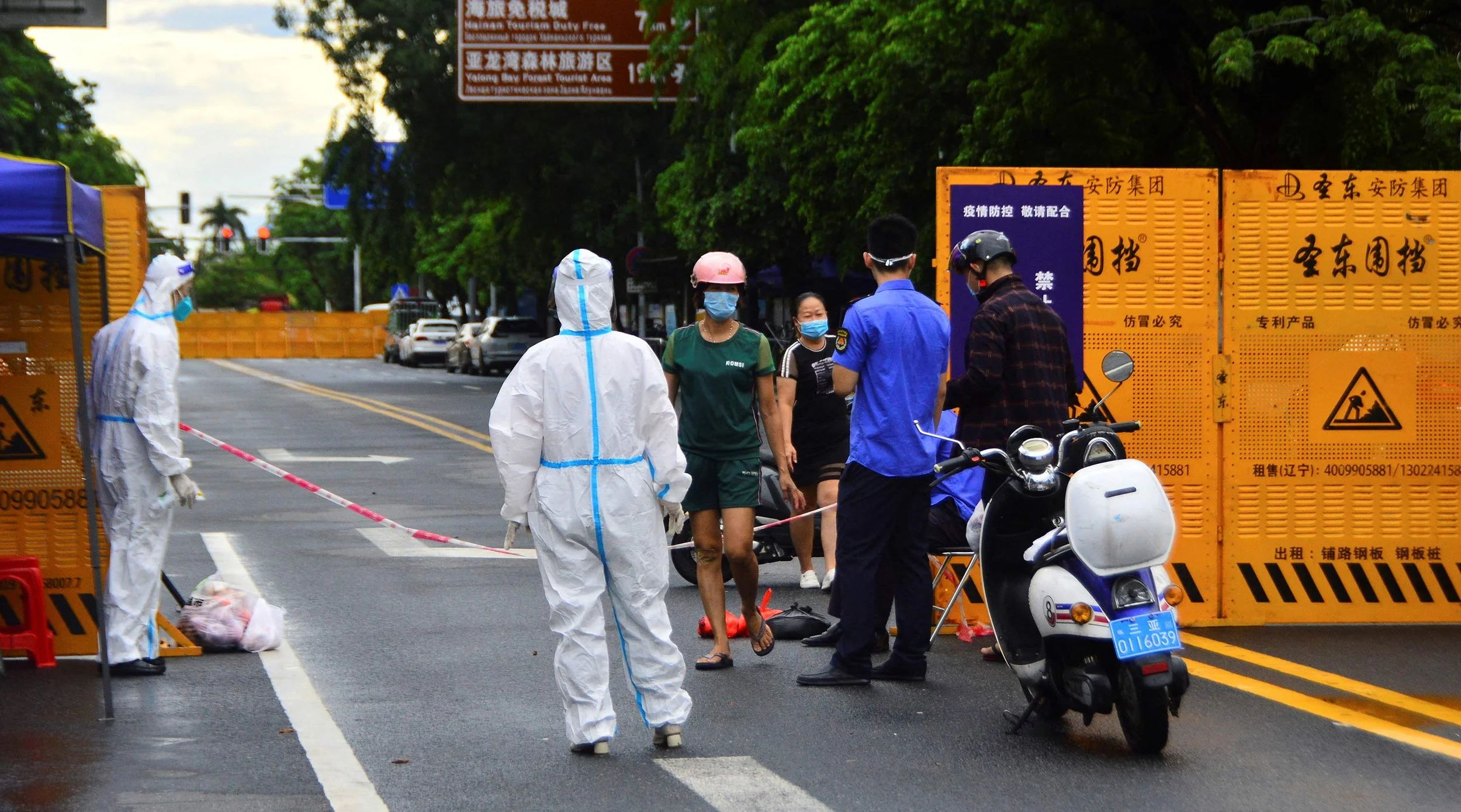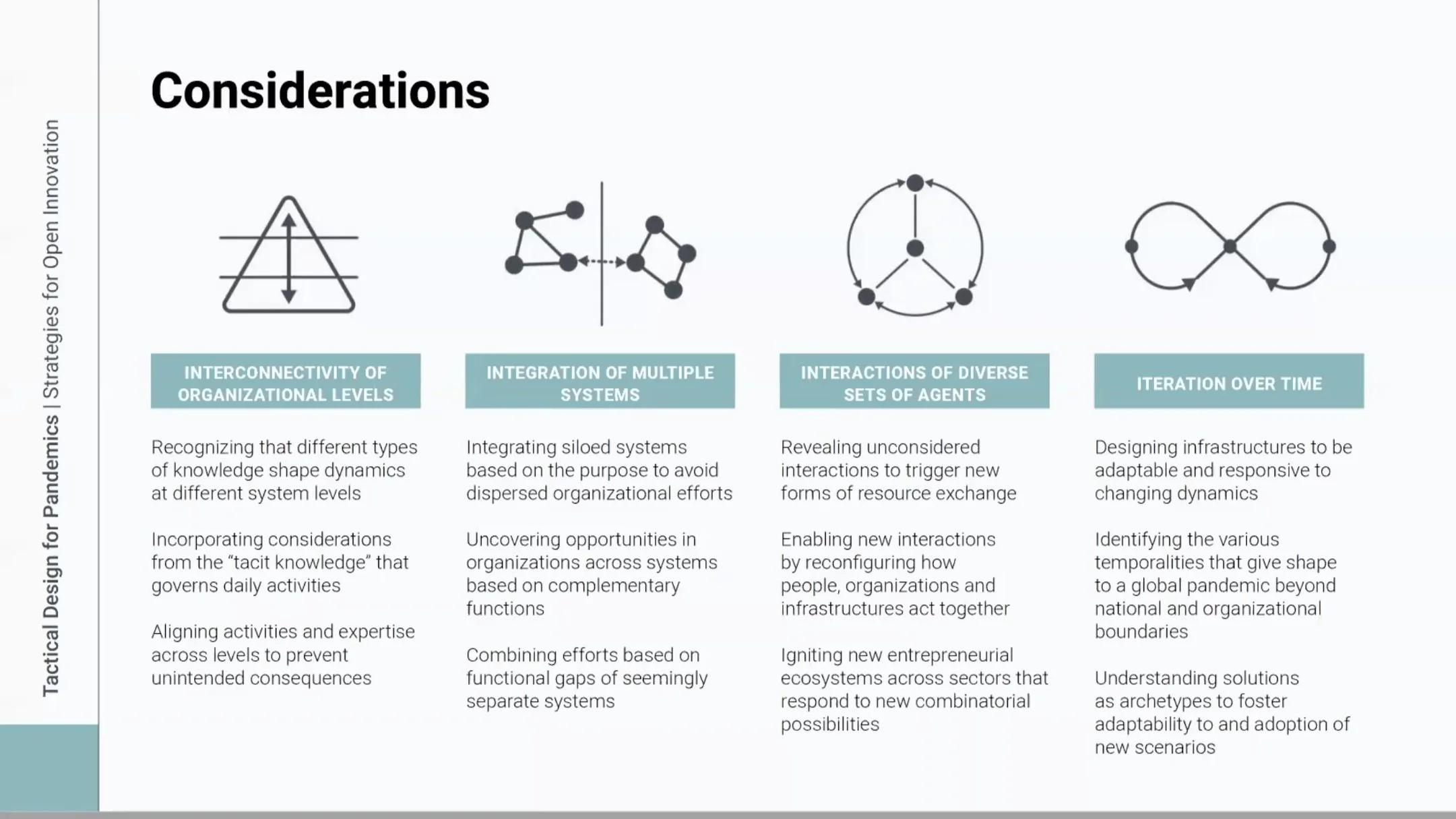Pandemic-Resilient Service Archetypes
Project Overview
Support reopening of global economies by identifying service models adapted for pandemic constraints
2021 Winner of Fast Company’s Innovation by Design Award
Personal Contribution
Researched & synthesized pandemic-resilient service models Conducted extensive, real-time qualitative research and collaborated with global research team to stitch together adjusted service models across China, India, and US adjusting to COVID-19 constraints
Made sense of new services by finding patterns and drafting service models by industry
Conducted extensive, real-time qualitative research and insights
Facilitated collaborative learning forums with industry experts across 3 continents to problem solve for emerging constraints
Developed visualization of archetypes and service patterns
The Challenge
The COVID-19 pandemic had a profound and far-reaching impact on the global economy. The sudden onset of the virus prompted widespread lockdowns, disrupting supply chains, stifling demand, and causing a global economic contraction. The pandemic exposed vulnerabilities in the interconnected nature of the global economy, highlighting the importance of resilient and adaptable systems.
Industries such as travel, tourism, hospitality, and entertainment were particularly hard-hit as restrictions and fear of the virus led to a significant decrease in consumer spending and international travel.
A small task force of designers from the Institute of Design were selected to study the emerging service design archetypes, identify patterns, and develop clear roadmaps for industries to reopen.
Research & Discovery
The design research team coordinated efforts various industries including:
Mobility
Food
Hospitality
Healthcare
Entertainment
As services adapted to COVID constraints, researchers meticulously coded services with various tagging systems.
The design team was distributed across 4 continents, which allowed access into a wide representation of data. During COVID, it was challenging to search for particular country’s responses, so having a researcher placed in each country supported a realistic representation of services models occurring around the globe.
Stakeholder Workshops
In order to ensure archetypes were accurate, various stakeholder workshops were held.
Activities included:
Whole-group analysis
Exchange of high-level data
Sharing of designer’s prototypes
Individual and small group interviews to deep-dive company specifics
Prototypes
Results
In order to make sense of the pandemic, we needed to find a ‘unit of analysis’ that would be applicable to all different developments that were happening around the world. Using archetypes allowed us to compare design solutions that were being tried and developed in different places and circumstances.
From there designers were able to extrapolate emerging strategies and imperatives to consider in the implementation of future systems. The study revealed that the intelligent integration of infrastructures and the design of their components is critical to dealing with pandemics.
The archetypes gave way to various industries having a playbook to reopen.
“Design is not just a beauty contest. It’s something that can change the world and create solutions in a time when we face pressing global issues such as systemic racism, climate change, and a global pandemic.”



















